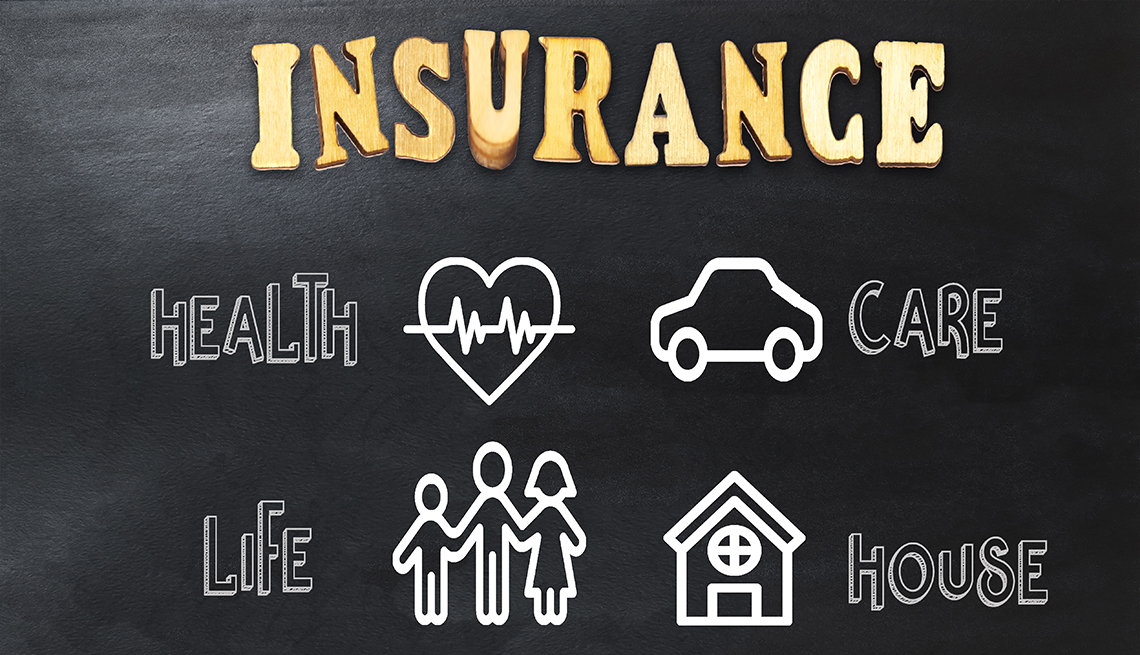
A Complete Beginner Guide to Understanding Auto Insurance Coverage
Introduction
Understanding auto insurance is essential for all car owners. Whether you’re purchasing a new car or simply looking to renew your policy, knowing how insurance works can save you time, money, and frustration. This article will guide you through everything you need to know about auto insurance coverage.
Table of Contents
- What is Auto Insurance?
- Types of Auto Insurance Coverage
- Liability Coverage
- Collision Coverage
- Comprehensive Coverage
- Personal Injury Protection (PIP)
- Uninsured/Underinsured Motorist Coverage
- How Auto Insurance Works
- Factors That Affect Auto Insurance Rates
- Choosing the Right Auto Insurance Coverage for Your Needs
- Understanding Policy Limits and Deductibles
- Common Auto Insurance Terms You Should Know
- How to File an Auto Insurance Claim
- Tips for Saving Money on Auto Insurance
- Legal Requirements for Auto Insurance
- Auto Insurance and Its Importance in Different States
- The Role of Your Driving Record in Your Insurance Rates
- The Importance of Regularly Reviewing Your Auto Insurance Policy
- How to Compare Different Auto Insurance Providers
- Auto Insurance for Young Drivers
- The Future of Auto Insurance: What to Expect
1. What is Auto Insurance?
Auto insurance is a contract between you and an insurance company that provides financial protection in case of accidents, theft, or damage to your car. The goal of auto insurance is to protect drivers from significant financial loss by covering repair costs, medical bills, and more.
2. Types of Auto Insurance Coverage
Understanding the different types of auto insurance is crucial when selecting the right policy.
Liability Coverage
Liability coverage is required in most states. It covers the cost of damages to other people or property if you’re at fault in an accident.
- Bodily Injury Liability: Covers medical expenses for injuries caused to others.
- Property Damage Liability: Covers damage you cause to someone else’s property.
Collision Coverage
Collision coverage helps pay for damages to your car after an accident, regardless of who was at fault.
Comprehensive Coverage
Comprehensive coverage covers non-collision incidents, such as theft, vandalism, or natural disasters.
Personal Injury Protection (PIP)
PIP covers medical expenses and lost wages for you and your passengers after an accident, regardless of fault.
Uninsured/Underinsured Motorist Coverage
This coverage protects you if you’re in an accident with someone who has insufficient or no insurance.
3. How Auto Insurance Works
When you sign up for auto insurance, you enter a contract with the insurer. You agree to pay a premium, and in return, the insurance company provides financial protection against specific risks. The exact amount of coverage depends on the policy you choose.
4. Factors That Affect Auto Insurance Rates
Several factors determine the cost of your auto insurance premium. These include:
- Driving Record: A clean driving record results in lower premiums.
- Age: Young and inexperienced drivers tend to pay higher rates.
- Vehicle Type: The make and model of your car can influence your premium.
- Location: Urban areas with higher traffic may have higher premiums.
- Credit Score: A higher credit score can lead to better rates.
- Coverage Options: More coverage means higher premiums.
5. Choosing the Right Auto Insurance Coverage for Your Needs
Choosing the right coverage is a balance between your needs and budget. Consider factors like the age of your car, the area where you live, and your driving habits when making a decision.
6. Understanding Policy Limits and Deductibles
What Are Policy Limits?
Policy limits define the maximum amount your insurance company will pay for a claim. It’s important to choose limits that provide adequate protection.
What Is a Deductible?
A deductible is the amount you pay out of pocket before your insurance coverage kicks in. Typically, the higher your deductible, the lower your premium.
7. Common Auto Insurance Terms You Should Know
- Premium: The amount you pay for insurance coverage.
- Claim: A request for payment based on your insurance policy.
- Underwriting: The process of evaluating a person’s risk and determining their insurance premium.
- Exclusions: Circumstances that are not covered under your policy.
8. How to File an Auto Insurance Claim
Filing a claim involves reporting the incident to your insurance company, submitting the necessary documentation, and waiting for approval. Keep records of all expenses and repairs related to the accident.
9. Tips for Saving Money on Auto Insurance
- Shop Around: Compare rates from multiple insurers.
- Bundle Policies: Get discounts by bundling auto insurance with other policies.
- Increase Your Deductible: Raising your deductible can lower your premium.
- Maintain a Good Driving Record: Avoid accidents and traffic violations.
- Take Advantage of Discounts: Many insurers offer discounts for things like low mileage or safety features.
10. Legal Requirements for Auto Insurance
Every state has minimum auto insurance requirements. It’s important to understand the laws in your area to ensure compliance and avoid fines.
11. Auto Insurance and Its Importance in Different States
Each state has unique requirements for auto insurance coverage. For example, no-fault states require Personal Injury Protection (PIP), while others require uninsured motorist coverage.
12. The Role of Your Driving Record in Your Insurance Rates
Insurance companies consider your driving history when determining your rates. A clean record can significantly lower your premium, while a history of accidents or traffic violations may lead to higher costs.
13. The Importance of Regularly Reviewing Your Auto Insurance Policy
It’s important to review your policy regularly to ensure you’re still getting the best coverage for your needs. Life changes like moving, getting married, or buying a new car may affect your insurance needs.
14. How to Compare Different Auto Insurance Providers
When choosing an auto insurance provider, consider factors like customer service, coverage options, premiums, and claims satisfaction. Use comparison websites to get a clear picture of what’s available in your area.
15. Auto Insurance for Young Drivers
Young drivers often face higher premiums due to their inexperience. However, there are ways to reduce rates, such as maintaining a good academic record or being added to a parent’s policy.
16. The Future of Auto Insurance: What to Expect
The future of auto insurance is likely to involve more usage-based insurance models, where rates are determined by how much you drive and how safely you drive. The rise of autonomous vehicles may also change how insurance policies are structured.
Conclusion
Understanding auto insurance coverage is essential for making informed decisions about your car and your finances. With the right coverage, you can protect yourself and your vehicle from unexpected events while saving money on premiums.



